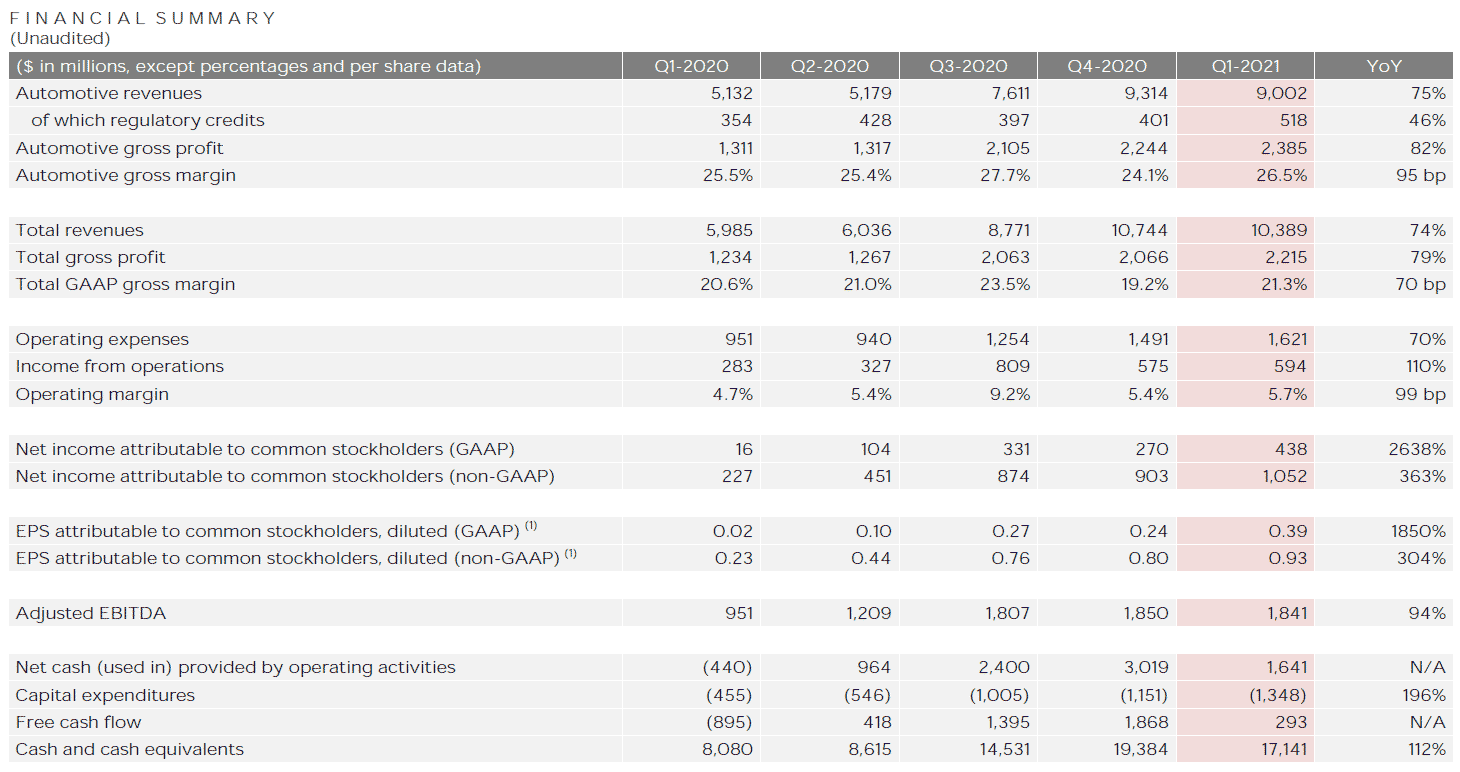China's Rare Earth Crackdown Stalls Tesla's Optimus Humanoid Robot Project

Table of Contents
China's Dominance in Rare Earth Minerals and its Geopolitical Implications
China controls approximately 80% of the global rare earth element mining and processing. These elements, though found in various parts of the world, require complex and environmentally intensive processing, a sector where China holds a significant technological advantage. This near-monopoly bestows immense geopolitical leverage, particularly in high-tech sectors like robotics, clean energy, and defense. Rare earth elements are critical components in numerous advanced technologies, and their scarcity makes China's control a major point of concern.
The strategic importance of rare earths cannot be overstated. They are essential for the creation of powerful, lightweight magnets used in electric vehicle motors, smartphones, wind turbines, and, critically, in the sophisticated motors and sensors of robots like Tesla's Optimus. This concentration of power creates potential for trade disputes and supply chain vulnerabilities. A sudden disruption in supply, whether due to political decisions or unforeseen events, could significantly impact industries worldwide.
- Critical Rare Earths for Optimus: Neodymium, dysprosium, and praseodymium are crucial for the powerful and efficient motors required for Optimus's locomotion and functionality.
- China's Control: China processes over 85% of the world's rare earth minerals, granting it considerable control over global supply.
- Past Trade Disputes: Previous trade disputes have highlighted the potential for China to weaponize its control over rare earth exports, underscoring the risks involved in relying on a single source.
The Impact on Tesla's Optimus Robot Production
Tesla's Optimus robot, envisioned as a revolutionary product, relies heavily on rare earth elements for its functionality. Components like its sophisticated motors, sensors, and actuators all require these minerals. The current shortage, driven by China's export restrictions, significantly impacts Tesla's production timeline and overall costs. The limited supply translates directly into increased prices for these essential components.
This rare earth scarcity creates a major bottleneck for Optimus's production. The delays potentially push back the ambitious launch date, impacting Tesla's market positioning and its plans to establish itself as a leader in the humanoid robotics sector. The financial implications are substantial, potentially affecting Tesla's stock price and investor confidence.
- Cost Increase: Estimates suggest a potential cost increase of 15-25% for Optimus due to the increased price of rare earth elements.
- Production Delays: Mass production of Optimus might be delayed by 6-12 months, depending on the resolution of the rare earth supply issue.
- Stock Price Impact: The challenges related to Optimus's production could negatively affect Tesla's stock price and investor sentiment.
Tesla's Strategies to Mitigate the Rare Earth Dependence
Faced with this challenge, Tesla is likely exploring various strategies to lessen its dependence on Chinese rare earth supplies. These could include:
- Investing in alternative mining and processing: Direct investment in rare earth mines and processing facilities outside of China would secure a more independent supply chain.
- Developing alternative materials: Research and development into alternative materials that can replace rare earth elements in Optimus's components is crucial for long-term sustainability.
- Optimizing robot design: Redesigning Optimus to require fewer rare earth elements through efficient design and material selection is a key strategy.
The feasibility and speed of implementing these solutions vary widely. Securing alternative sources requires significant investment and time, while developing alternative materials is a longer-term research endeavor. Optimizing the design for reduced rare earth usage could offer a quicker solution, but may compromise certain performance aspects.
- Potential Partnerships: Tesla might collaborate with companies like Lynas Corporation (Australia) or MP Materials (USA) to secure rare earth supplies.
- Alternative Materials: Research into using recycled materials, alternative magnet designs, or other materials like iron-based alloys is ongoing.
- Design Innovations: Focusing on energy efficiency and optimizing motor designs could help reduce the quantity of rare earth materials needed.
Global Implications and Future of the Robotics Industry
China's dominance over rare earth minerals isn't just a Tesla problem; it affects the entire global robotics industry. Numerous robotics companies rely on these crucial materials, and the current situation creates widespread supply chain vulnerabilities and uncertainty. This dependence necessitates a global effort to diversify rare earth sourcing and develop alternative technologies.
Countries are beginning to recognize this vulnerability and are actively pursuing strategies to establish their own rare earth industries. This involves investment in mining, processing, and recycling technologies. The long-term outlook requires substantial investment in research and development to create more sustainable and less reliant supply chains.
- Impact on Competitors: Boston Dynamics, for example, also utilizes rare earth elements in its robots and faces similar supply chain challenges.
- Government Policies: The US and EU are implementing policies to support domestic rare earth production and secure access to diverse sources.
- Future Predictions: Advancements in recycling technologies and the development of alternative materials will be crucial for the future of the robotics industry.
Conclusion: Navigating the Challenges of China's Rare Earth Crackdown on Tesla's Optimus
China's rare earth policies present a significant challenge to Tesla's Optimus project and the broader robotics industry. The dependence on a single dominant supplier creates vulnerabilities that necessitate a multi-pronged approach. Diversifying supply chains, investing in alternative materials research, and optimizing robot designs are crucial steps towards mitigating the risks associated with China's control over rare earth minerals. Following the developments in China's rare earth policies and their impact on Tesla's Optimus project is essential for understanding the future of robotics and the broader geopolitical implications of this critical resource. Stay informed about the challenges and opportunities in the rare earth market and its impact on robotics.

Featured Posts
-
 Covid 19 Test Fraud Lab Owner Convicted
Apr 24, 2025
Covid 19 Test Fraud Lab Owner Convicted
Apr 24, 2025 -
 Is The Liberal Platform Right For You A Detailed Review
Apr 24, 2025
Is The Liberal Platform Right For You A Detailed Review
Apr 24, 2025 -
 Living With A 77 Inch Lg C3 Oled The Good The Bad And The Ugly
Apr 24, 2025
Living With A 77 Inch Lg C3 Oled The Good The Bad And The Ugly
Apr 24, 2025 -
 Tesla Q1 Earnings Decline Musks Role And Market Reaction
Apr 24, 2025
Tesla Q1 Earnings Decline Musks Role And Market Reaction
Apr 24, 2025 -
 New Legal Obstacles Slow Trump Administrations Immigration Crackdown
Apr 24, 2025
New Legal Obstacles Slow Trump Administrations Immigration Crackdown
Apr 24, 2025
